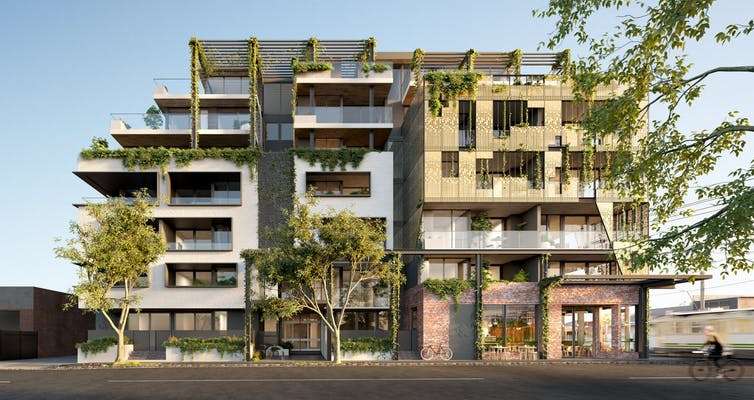Across the world’s cities, the over-reliance on speculative, developer-led urban renewal models is clear. This imbalance is now challenging the livability of our cities.
The risk of financial loss means speculative developments tend to churn out standardized, expensive and “franchised” urban landscapes. Unsuitably tall glass towers grow around us like weeds, choking the life out of cities and contributing to a lost sense of place among residents.
When it comes to cost of living, environmental impacts and social segregation, speculative development has pushed cities into the red.
There is a silver lining here. As if an immune response to the disease of unaffordability, citizens, architects and civic leaders in many cities are taking matters into their own hands and delivering projects that are not driven by developers.
Known as intentional or deliberative development (note from Storm: redevelopment would be more accurate), these models offer a way to provide more diverse and affordable ways to live, work and play in our cities. They are aiming for more inclusive, human-scale cities where residents can still feel they belong.
If we think of our cities as never-ending novels with new chapters continually being written to inform their story and identity, right now we are losing the plot. Many of us are feeling homesick without leaving home, because our environment has changed so rapidly around us.
If globalization and speculative development tend to erode diversity, deliberative development is adaptable to people’s needs in different contexts.
Hundreds of precedent-setting projects across North America and Europe show what’s possible: innovative, sustainable, affordable housing where people feel strongly connected to place and community. Here are some of them…
Featured photo is courtesy of Nightingale / ClarkeHopkinsClarke Architects. Nightingale projects originated in Melbourne and have now spread to other Australian cities.

